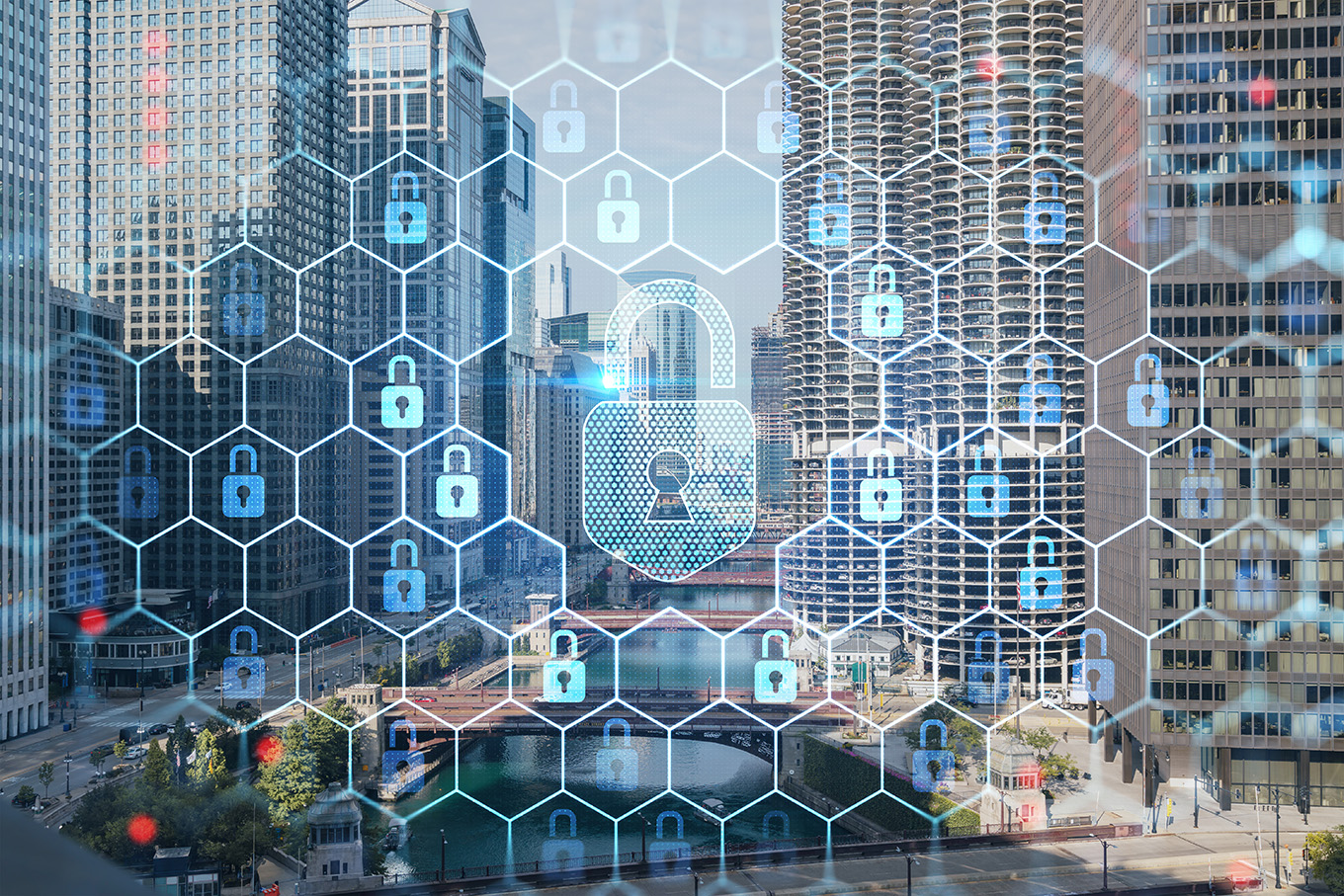 Cyber Security Architecture: Building Security in the Digital World
Cyber Security Architecture: Building Security in the Digital World
Nowadays, with digital transformation and technological advances, the cyber security needs of businesses and individuals have become even more important. As cyber threats increase in complexity and frequency, effective cybersecurity architecture plays a critical role in protecting information assets and building resilience against potential attacks. In this article, the basic components and design principles of cybersecurity architecture will be discussed.
What is Cyber Security Architecture?
Cyber security architecture is a structure designed to protect an organization's information assets, defend against cyber threats and create a secure digital environment. This architecture has a broad perspective that includes hardware, software, networks, processes and human factors. Good cybersecurity architecture covers a wide range of goals, such as enforcing security policies and standards, detecting and blocking attacks, and strengthening emergency response capabilities.
Basic Components
a. Network Security
Network security is an important component used to ensure organizations' information communication and protect against external threats. Firewall, network segmentation, and the use of secure network protocols form the basis of a network security strategy.
b. Endpoint Security
Endpoint security aims to protect the organization's end-user interaction points, such as devices, user accounts, and applications. Antivirus software, security patches, device management and secure authentication practices form the foundation of an endpoint security strategy.
c. Data security
Data security includes measures taken to prevent the leakage of sensitive information and ensure data integrity. Data encryption, access control, secure storage and data backup strategies are important elements for data security.
d. Administrative Security
Administrative security covers security measures related to policies, processes and personnel within the organization. User training, establishment of security policies, security audits and personnel security certifications constitute important elements of administrative security.
Design Principles
a. Defence Depth
The principle of the depth of defence envisages integrating multiple layers of security and taking action if one defence mechanism is missing. In this way, the overall security of the organization is ensured even if a single security measure fails.
b. Continuous Monitoring and Evaluation
Cybersecurity architecture should be based on the principle of continuous monitoring and evaluation. It is important to constantly monitor the security situation in systems, detect security vulnerabilities and quickly implement corrective measures.
c. Fast Response Ability
Cybersecurity architecture must include a rapid response capability. When threats are detected or an attack occurs processes and tools must be in place to enable the organization to respond effectively.
d. Conscious Human Factor
The human factor plays an important role in cybersecurity architecture. User training and awareness ensure that staff within the organization complies with security policies and build resistance to social engineering attacks.
Programming Languages Used When Building Cybersecurity
Various programming languages can be used when building cybersecurity applications and systems. Which language is preferred may vary depending on the requirements of the project, security levels and the capabilities of the development team. Here is the programming languages frequently used in cybersecurity applications:
Python:
Python is a language known for its wide library support, readability and rapid development advantages. Cybersecurity professionals can use Python for a variety of tasks, including network security, data analysis, penetration testing, and automation.
C/C++:
C and C++ may be preferred in cybersecurity applications due to their ability to provide low-level programming and memory control. In particular, they can be used to detect vulnerabilities or study software security.
Java:
Java is known for its multiplatform support and object-oriented programming advantages. It can be preferred as a secure language that can be used in large-scale systems and network applications.
JavaScript:
JavaScript can be used for web-based cybersecurity applications and pen-testing tools. JavaScript plays an important role, especially in browser security and web application security.
Bash and Shell Scripting Languages:
Bash and other shell scripting languages can be used by cybersecurity professionals to perform system administration, automation, and security tasks.
Ruby:
Ruby can be used for rapid prototyping capabilities and web application security in conjunction with the Ruby on Rails framework.
Go (Golang):
Go is a quickly compiling and efficient language that can be used for security tools and networking applications.
SQL:
SQL (Structured Query Language) is important for cybersecurity applications running on databases. Security professionals must be skilled in this language to prevent or detect SQL injection attacks.
Each language has its own advantages and usage areas. Choosing the appropriate language for the project is important to optimize the development process and increase security. Additionally, a development process that includes security-focused libraries and tools to prevent and detect vulnerabilities is also important.
Cybersecurity architecture aims to protect an organization's digital assets, create resistance to cyber threats, and provide a secure business environment. Proper integration of key components and correct application of design principles form the basis of an effective cybersecurity strategy. Organizations must regularly review and update their cybersecurity architectures to adapt to the ever-changing cyber threat landscape. A comprehensive approach combined not only with technological solutions but also staff training and continuous monitoring is an important step in ensuring cybersecurity.

